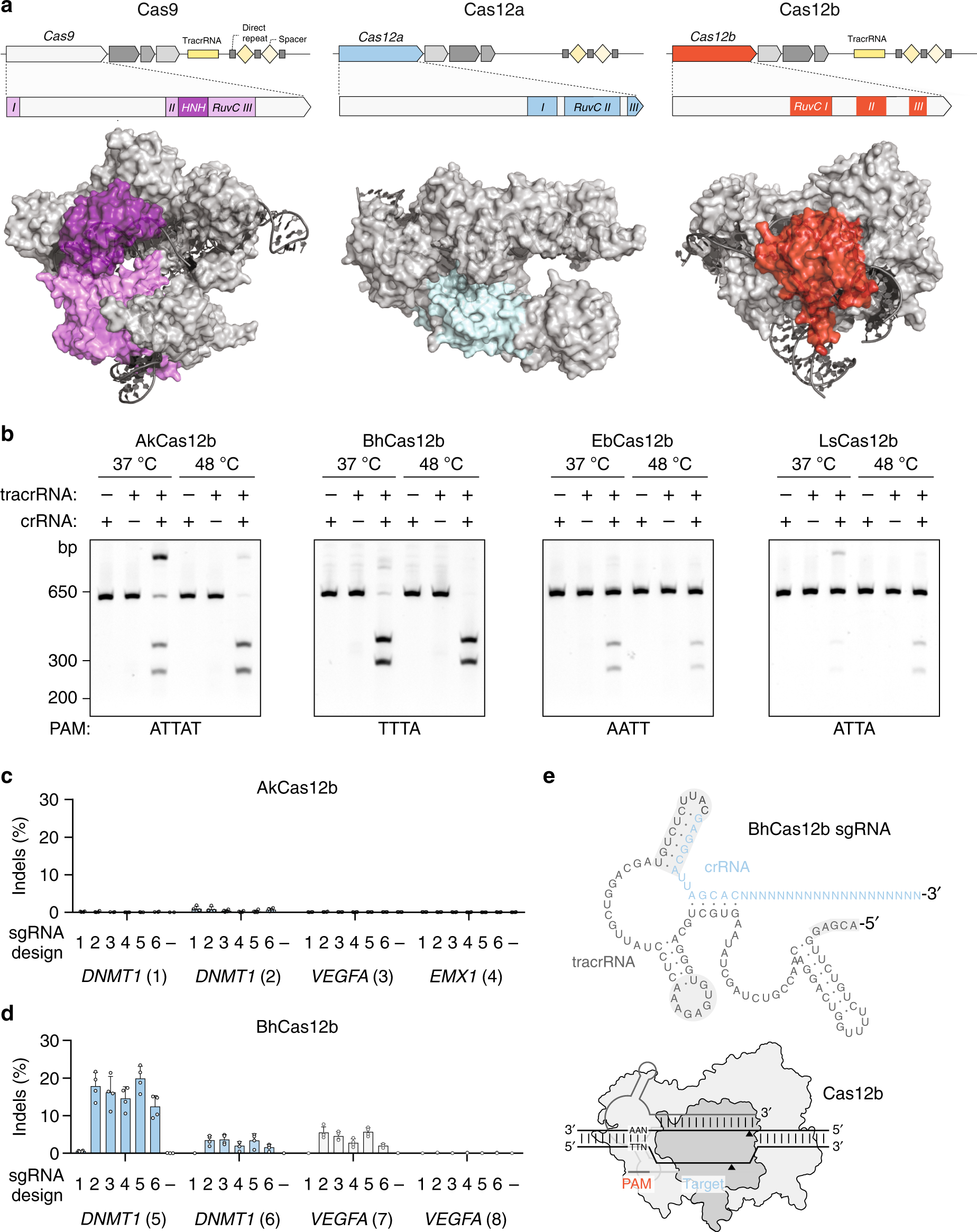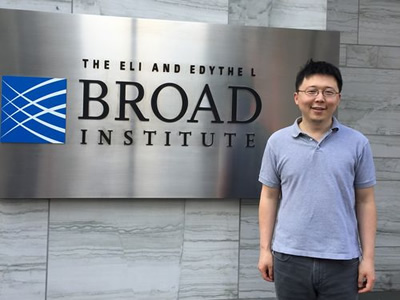
This has led to criticism from families with Down syndrome children, who understandably want to emphasize the joy they feel living with a child who has the condition. Since many parents opted not to have an invasive test for fear of miscarriage (in the UK the figure was around 40 percent), it is reasonable to expect that an increased rate of identification of fetuses with Down syndrome will lead to more abortions. It is extremely difficult to obtain reliable data on how often identification of Down syndrome in a fetus has led to a decision to terminate a pregnancy, but a recent study in Massachusetts suggested that prior to the introduction of the safer test in 2011, around 49 percent of such pregnancies were aborted. The advent of a safe way to detect Down is a positive development (in the UK it is predicted that the test will prevent up to thirty invasive test–induced miscarriages each year), but some women feel that its simplicity means they are being inadvertently pressured into having a test for Down, and potentially into having an abortion if the test result is positive. The test detects tiny amounts of fetal DNA in the mother’s bloodstream, and in the US it has largely replaced the widespread use of invasive alternatives (amniocentesis or chorionic villous sampling, in which cells are taken from the placenta) that involve a risk of miscarriage. The new genetic test for Down syndrome also hides ethical traps. With the best of intentions and, for the moment, the best of outcomes, we have drifted across a line in the sand. But the ability to use genetic testing when deciding whether or not to have children is clearly a form of soft eugenics, albeit one carried out voluntarily by those affected and clearly leading to a reduction of human suffering. This is the technical definition of eugenics and might seem shocking, since eugenics is forever associated with the forced sterilization of the mentally ill and Native Americans in the US or the murder of those deemed genetically defective by the Nazis. Whether we like it or not, the Dor Yeshorim database and other similar initiatives, such as genetic tests for sickle-cell anemia, which largely affects African-Americans, are enabling us to deliberately change the frequency of certain human genes in the population. But both of these apparently anodyne processes turn out to raise important ethical issues. Some of these technologies are relatively straightforward, such as the new blood test for Down syndrome or the Dor Yeshorim genetic database for Jews, which enables people to avoid partners with whom they might have a child affected by the lethal Tay-Sachs disease (particularly prevalent in Ashkenazis). Bonnie Rochman’s The Gene Machine shows how genetic testing is changing the lives of prospective parents and explores the dilemmas many people now face when deciding whether to have a child who might have a particular disease. As these tests have become widespread, ethical concerns have begun to surface. According to a White House press statement, this achievement would “lead to new ways to prevent, diagnose, treat, and cure disease.” Many scientists were skeptical, but the public (who footed much of the $3 billion bill) probably found this highly practical justification more acceptable than the mere desire to know, which was in fact a large part of the motivation of many of the scientists involved.ĭuring the 2000s, Clinton’s vision was slowly put into practice, beginning with the development of tests for genetic diseases. In June 2000, President Bill Clinton and Prime Minister Tony Blair announced the completion of the first draft of the human genome. The revolution began in benign but spectacular fashion. A brave new world is just around the corner, and we had better be ready for it or things could go horribly wrong. This development raises complex and urgent questions about the kind of society we want and who we really are. These innovations give us the power to predict certain risks to our health, eliminate deadly diseases, and ultimately transform ourselves and the whole of nature. The other, which is only dimly understood by the general public, is our newfound capacity to modify genes at will. One, relatively well known, is the ability to easily decode the information in our genes. In recent years, two new genetic technologies have started a scientific and medical revolution.



The biochemist Jennifer Doudna, a pioneer of the technique of DNA modification known as CRISPR, at her lab at the University of California, Berkeley, 2015


 0 kommentar(er)
0 kommentar(er)
